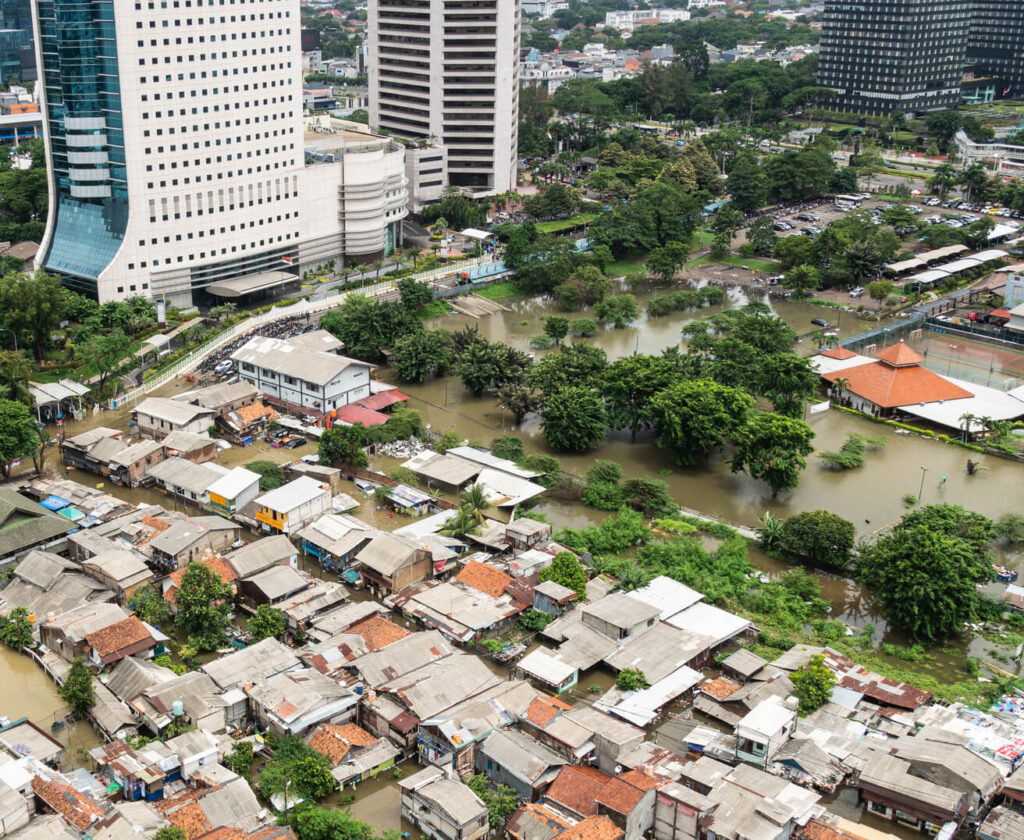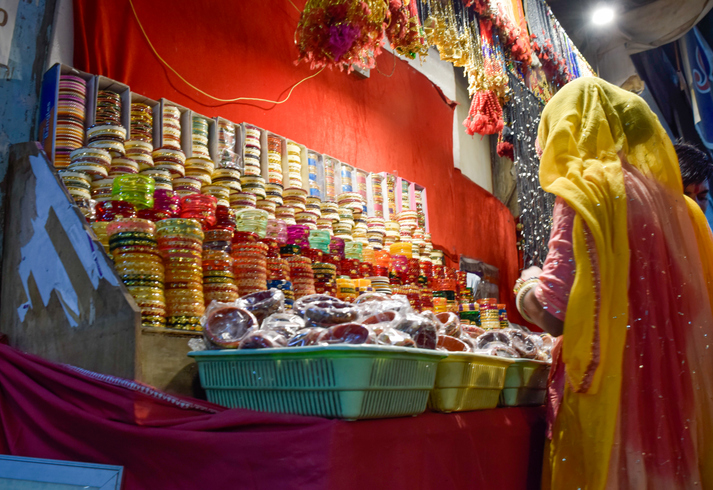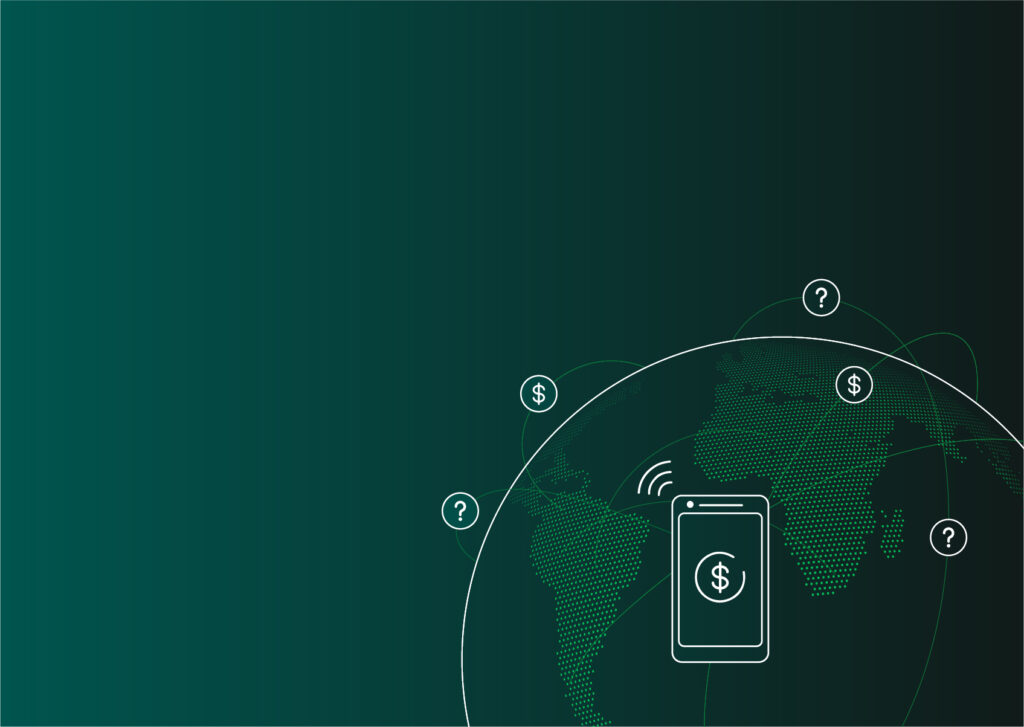
A savings product helps pastoralists in northern Kenya smooth consumption during periods of drought. A microloan allows a woman in northern India to buy heat-reflecting white paint for her roof. An insurance policy from a fintech in Mali offers smallholder farmers insurance against increasingly unpredictable rainfall. A mobile money-linked clean cookstove allows a family in Zambia to reduce their exposure to harmful smoke. A combination of remittances and savings helps a family in Bangladesh that was forced to migrate due to rising sea levels.
While each of these is an example of a link between financial services and an aspect of climate change, there’s little else tying them together. Customers are urban and rural. Financial service providers are old and new. Channels are analog and digital. Products relate directly and indirectly to climate change. The impacts of climate change are immediate and long-term.
But as the COP26 summit swings into action, one message is clear – climate change is going to affect everyone and in numerous ways.
When the financial sector development community talks about climate change and green finance, it tends to focus on the macro role of the financial sector in channeling investment to cleaner technologies and large-scale mitigation efforts. This is obviously critical, but what is the role of inclusive finance? How can we support the financial sector to work better for low-income people to improve their outcomes in the context of large-scale climatic risk as well as deteriorating localized environmental conditions?
We have mapped out a new way of thinking about green inclusive finance.
Putting a green lens on inclusive finance – or green inclusive finance – is one of CFI’s strategic priorities. Having studied various taxonomies at the overlap of the green economy and inclusive finance, we have mapped out a new way of thinking about green inclusive finance. These four distinct but interrelated pathways provide the framework for understanding how inclusive finance can help low-income populations prepare for and respond to climate change while improving green outcomes.
Mitigation
The poorest half of the world’s population only accounts for 10 percent of global CO2 emissions, and their carbon footprints are, in a global context, tiny. However, low-income communities are hit the hardest by climate-related disasters and environmental impacts resulting from climate change. Mitigation supports investments in cleaner technologies that can improve local environmental conditions for households and communities. For example, pay-as-you-go models for clean cookstoves can help reduce localized air pollution, and loans to build toilet facilities can reduce groundwater pollution.
Resilience
In this context, we think of resilience as the role financial services can play in low-income people’s ability to reduce their vulnerability to, and their ability to respond to, climate-related events. Index insurance, protecting people against extreme weather events, is an obvious example, but just as important is the ability to save money securely and access networks through which funds for emergency response and rebuilding can arrive. This includes everything from a social protection payment from the state to an emergency loan from a fintech to the operations of a local savings group.
Adaptation
Climate change will significantly impact the livelihoods of low-income people across the globe, and financial services are needed to help people and communities manage these changes. We often think of these changes in a rural context — with smallholders adapting their farming practices and investing in different crops as climatic patterns shift, but urban populations will also need to adapt, for example by investing in low-cost cooling techniques for homes.
Transition
At times, climate change and deteriorating environmental conditions will fundamentally change people’s ability to sustain their current livelihoods, and financial services will help transition to new ones. This may mean investing in education and training, making long-term commitments to climate-smart agriculture, or the range of financial services need to liquidate assets in one location to start again in another.
While some of these pathways may be relatively simple to implement, others are quite complex. For example, when climate change leads to resource scarcity, which in turn causes localized conflict and hence forced migration, there may be a critical need for digitized savings and remittance services. This is also an inclusive finance solution to a climate challenge, albeit through a longer-impact pathway. These issues might seem abstract, but the World Bank estimates that the impact of climate change in reducing arable land could see over 140 million people forced to migrate within their own countries by 2050. These are some of the complex pathways that green inclusive finance will need to support.
This complexity also means that green inclusive finance will intersect with other areas of the inclusive finance landscape. The connections with smallholder agriculture and rural livelihoods are clear. The fact that poor women are particularly vulnerable to the impacts of climate change means that green inclusive finance approaches must be gender intelligent. The fact that so many potential solutions leverage digital financial services presents both new opportunities, but also challenges (what happens if the storm that leaves people highly vulnerable also knocks out mobile money networks?).
For financial systems to support all four of these impact pathways, it’s going to take large-scale, systemic changes, and there is a role for all types of financial institutions.
For financial systems to support all four of these impact pathways, it’s going to take large-scale, systemic changes, and there is a role for all types of financial institutions. We will need to leverage the existing networks of microfinance institutions and build on community-based models, particularly to support rural transitions. Banking sectors need to become better at intermediating funds towards sustainable agriculture and cleaner technologies. New players, including fintechs, need to continue to push out the innovation frontier. Insurance companies need to incorporate more data relating to climate risks. Policymakers, investors, and donors need to support incentives and a positive enabling environment for investment, innovation, and learning in green inclusive finance.
Green inclusive finance isn’t on the agenda at COP because inclusive finance doesn’t have a huge role to play in reducing global emissions. However, it is critically important that we support low-income populations to weather the changing environments around them. What green inclusive finance can do is provide a diverse range of financial tools that can help low-income people and communities reduce their vulnerabilities and make the investments needed to improve their outcomes in the context of climate change.










